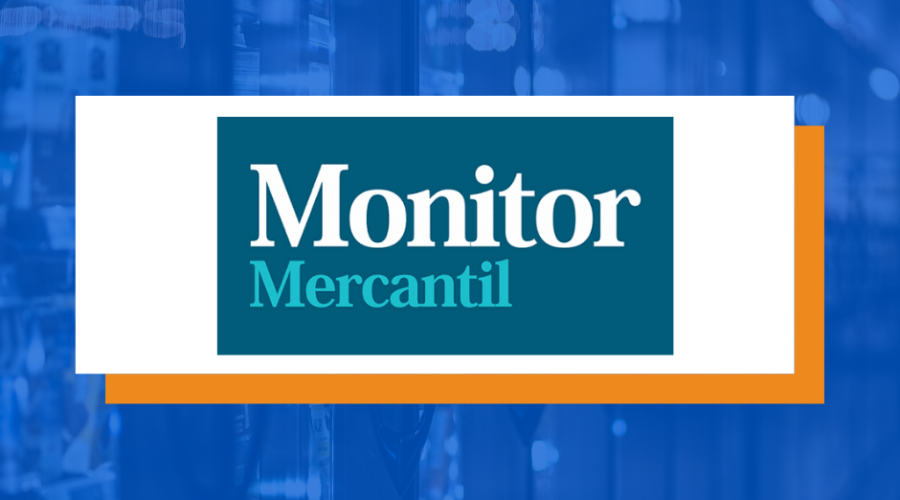Inflação nos EUA atinge o maior valor em 41 anos
‘Recessão econômica no país é inevitável’, diz analista, para quem ‘coisas que realmente reduziriam os números não estão na agenda de Biden’
Divulgado hoje, o Índice de Preços ao Consumidor (CPI) nos EUA apontou que a inflação no país bateu 9,1% (ante 8,8% esperados pelo mercado), no acumulado de 12 meses encerrados em junho. Foi o maior nível para o período em 41 anos. Ante maio, a alta foi de 1,3% (mais que o 1,1% esperado pelo mercado).
Para Felipe Sichel, sócio e economista-chefe do Banco Modalmais, o índice teve leitura acima do esperado tanto no headline como na leitura subjacente (0,7% em comparação com a expectativa de 0,5%).
“Tanto o headline como a composição do índice são bastantes negativas para a trajetória da inflação nos EUA.”
Resultados preliminares do PIB americano entre os meses de abril a junho apontam para uma contração da atividade econômica. Enquanto isso, o Fed está considerando que taxas acentuadamente mais altas podem ser necessárias para conter a inflação.
Read the full text here






















